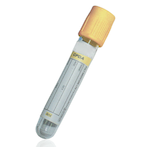
- Home
- Clinical Chemistry Tests
- Fructosamine
Fructosamine
Specimen Volume
1 mL bloodSpecimen Transport
First class postSample Preparation
Turnaround Time
1 daySample Processing In Laboratory
UsualSample Stability
3 days at 15 - 25 °C, 2 weeks at 2 - 8 °C, 2 months at -15 to -25 °C
General Information
Fructosamine is used to monitor glycaemic control in patients with diabetes if HbA1c is not appropriate due to abnormalities in haemoglobin or conditions that alter the amount of haemoglobin or its turnover such as:
• Any condition that affects the life span of haemoglobin for example haemoglobinopathies or haemolytic anaemia. When the lifespan of RBCs in circulation is shortened, the A1c result is falsely low and is an unreliable measurement of a person's average glucose over time.
• Patients that have undergone a recent transfusion
• Closer monitoring during pregnancy
Fructosamine measurements should not be used for the diagnosis of diabetes mellitus.
Since the half-life of proteins such as albumin is short (2–3 weeks) compared to haemoglobin (6-8 weeks), fructosamine is a more responsive marker to changes in glycaemic control compared to glycated haemoglobin HbA1c and can therefore be used to alert physicians to deteriorating diabetic control before changes in HbA1c occur.
Patient Preparation
Fructosamine should not be used in patients with proteinuria as it is reduced due to abnormally high urinary albumin excretion.
Notes
Fructosamine is a measurement of glycated protein, mainly albumin. In cases of chronic hyperglycaemia, glucose molecules combine with proteins in the blood such as albumin and haemoglobin, in a process called glycation. The amount of glycated protein is increased in diabetes mellitus, contributing to the long-term complications of the disease. The fructosamine concentration provides a record of the average amount of glucose that has been present in the blood over the preceding 2-3 weeks.
Reference Range
200-285 umol/L
Specifications
-
EQA Status:
NEQAS
- EQAS Scheme: Yes
Related Tests
Albumin Glucose (Plasma) Total Protein (serum)Creation Date
Monday, 08 August 2011Modification Date
Monday, 02 March 2020General Information
Location of Laboratories
Copyright UHB Pathology 2018
Protection of Personal Information – Clinical Laboratory Services comply with the Trust Data Protection Policy and have procedures in place to allow the Directorate and it’s employees to comply with the Data Protection Act 1998 and associated best practice and guidance.
University Hospitals Birmingham medical laboratories at Queen Elizabeth Hospital, Heartlands Hospital, Good Hope Hospital and Solihull Hospital are UKAS (United Kingdom Accreditation Service) accredited to the ISO 15189:2012 standard. For a list of accredited tests and other information please visit the UKAS website using the following link: https://www.ukas.com/find-an-organisation/
- Molecular Pathology is a UKAS accredited medical laboratory No. 8759
- Biochemistry is a UKAS accredited medical laboratory No. 8910
- Haematology and Transfusion is a UKAS accredited medical laboratory No. 8784
- Clinical Microbiology is a UKAS accredited medical laboratory No. 8760
- Cellular Pathology is a UKAS accredited medical laboratory No. 10141
- Musculoskeletal laboratory is a UKAS accredited medical laboratory No. 9897
- Heartlands, Good Hope and Solihull Hospital pathology laboratories are a UKAS accredited medical laboratory No.8217.
Tests not appearing on the UKAS Schedule of Accreditation currently remain outside of our scope of accreditation. However, these tests have been validated to the same high standard as accredited tests and are performed by the same trained and competent staff.
For further test information, please visit the test database: http://qehbpathology.uk/test-database
For further information contact Louise Fallon, Quality Manager, 0121 371 5962
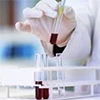 Biochemistry
Biochemistry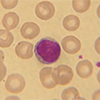 Haematology and Transfusion
Haematology and Transfusion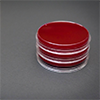 Clinical Microbiology (Including Virology)
Clinical Microbiology (Including Virology)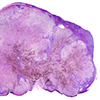 Cellular Pathology
Cellular Pathology General Information
General Information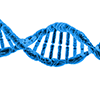 Molecular Pathology
Molecular Pathology